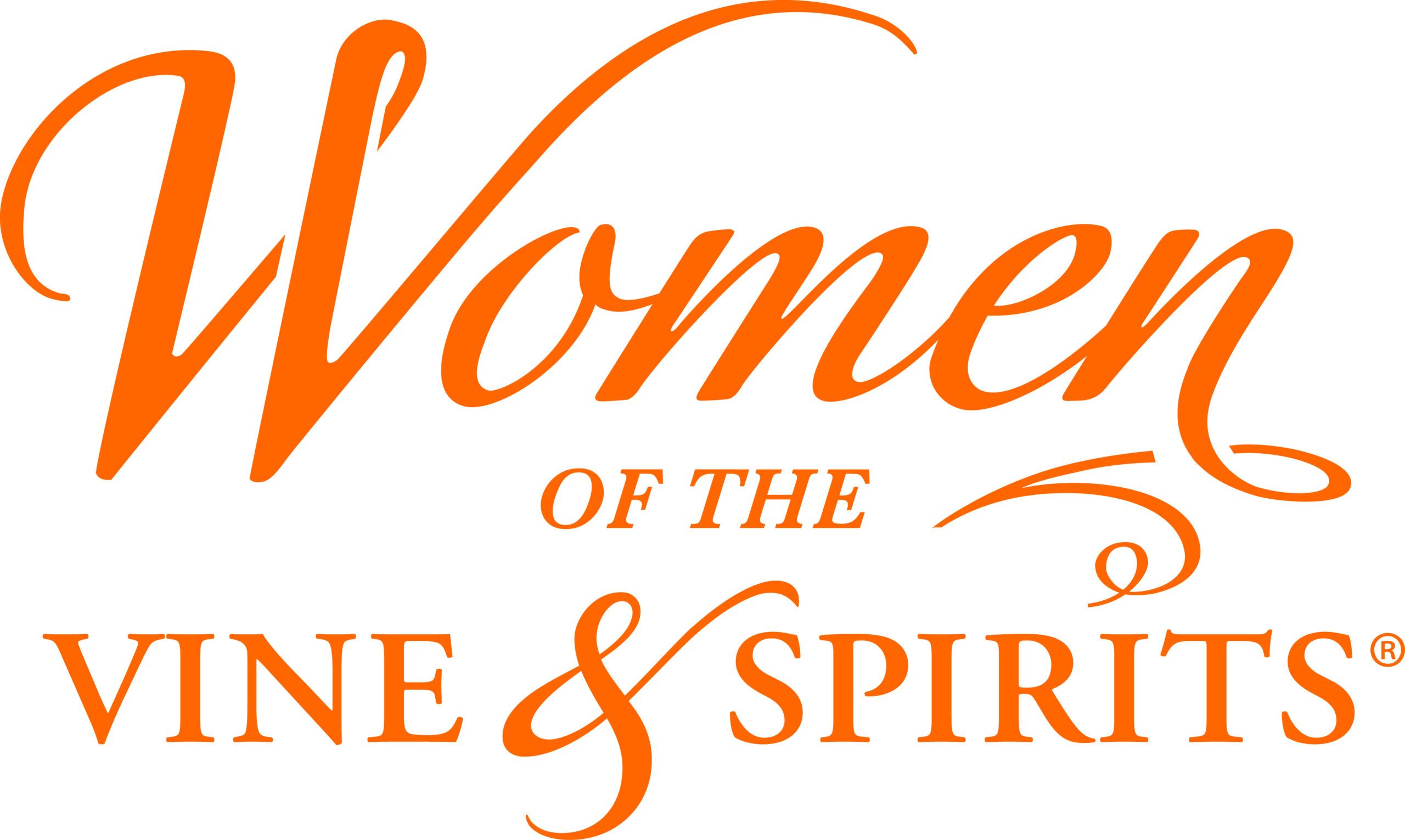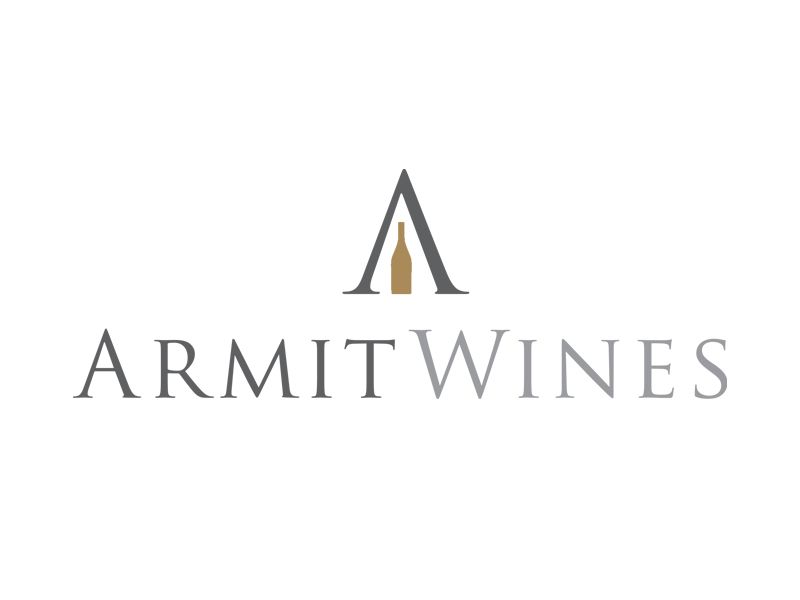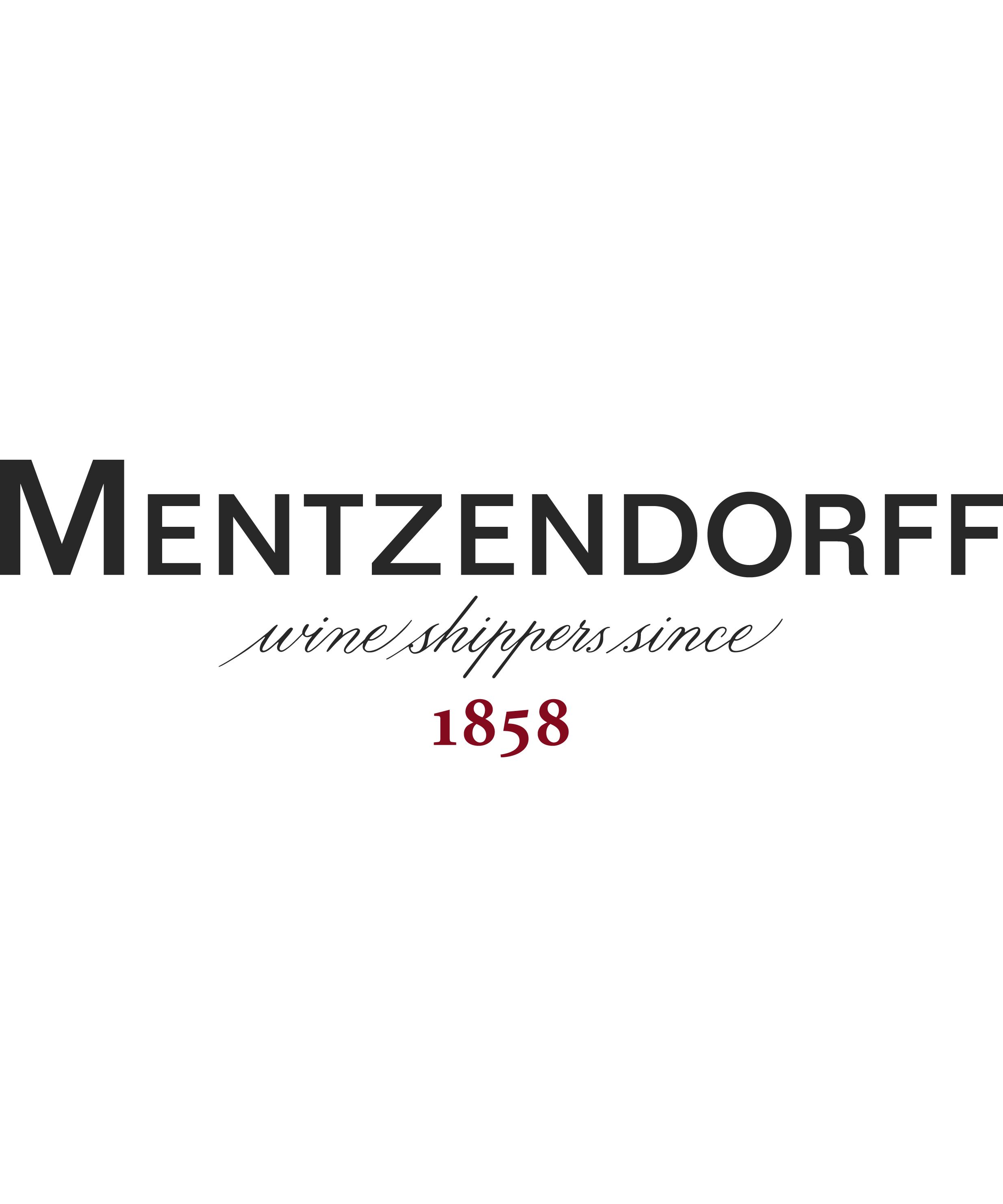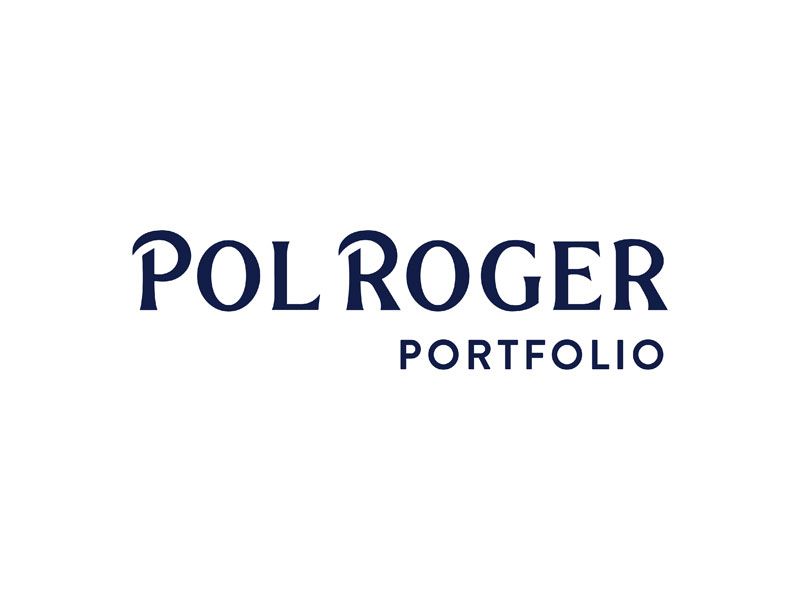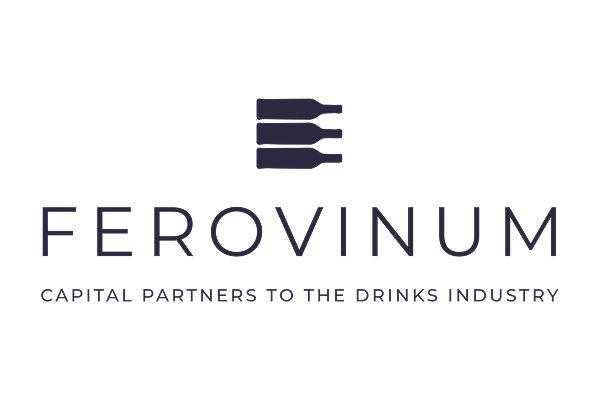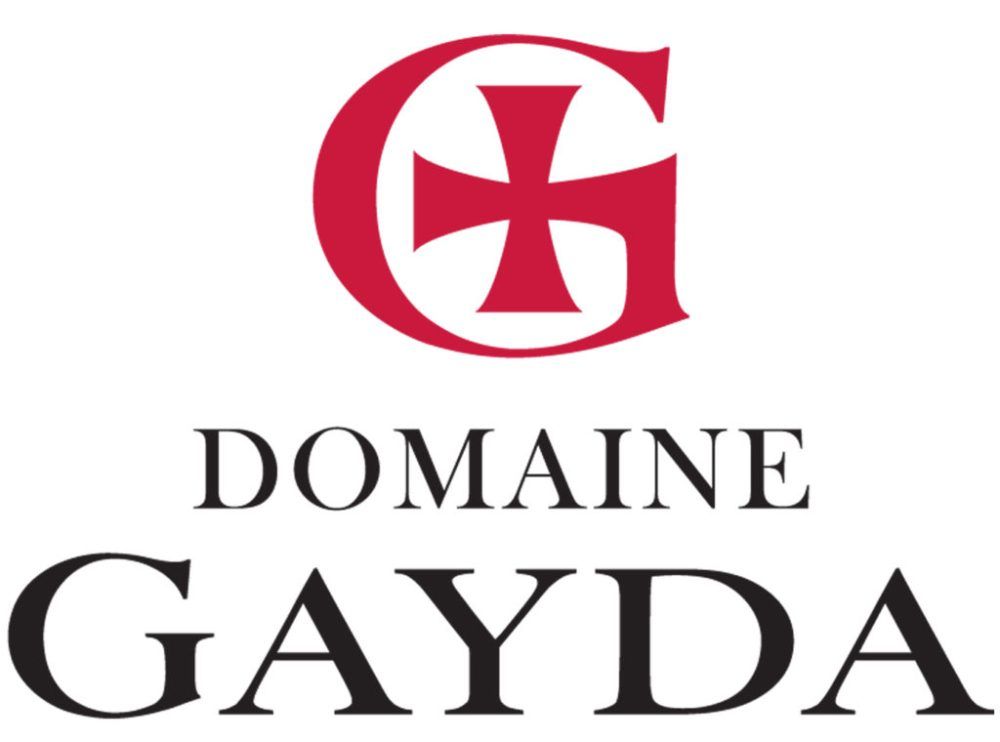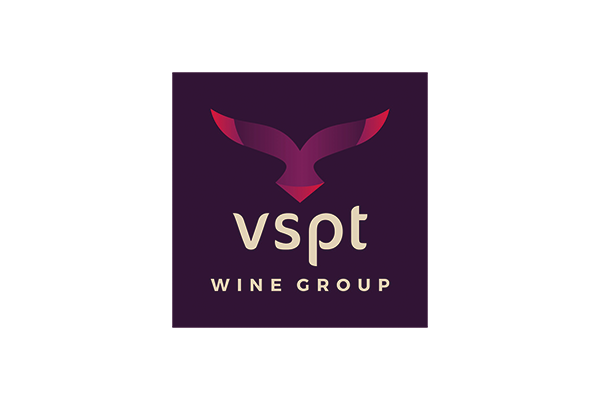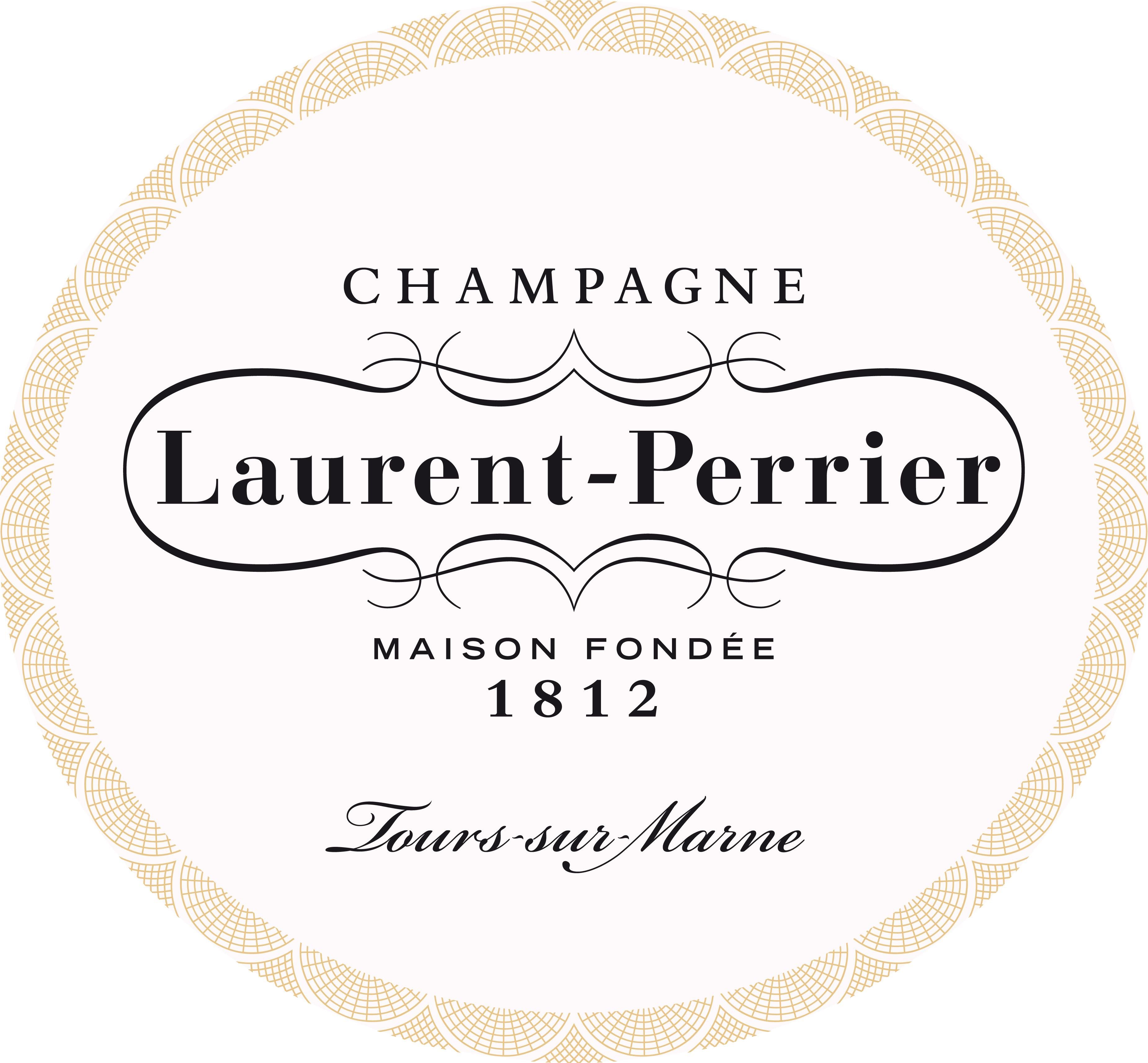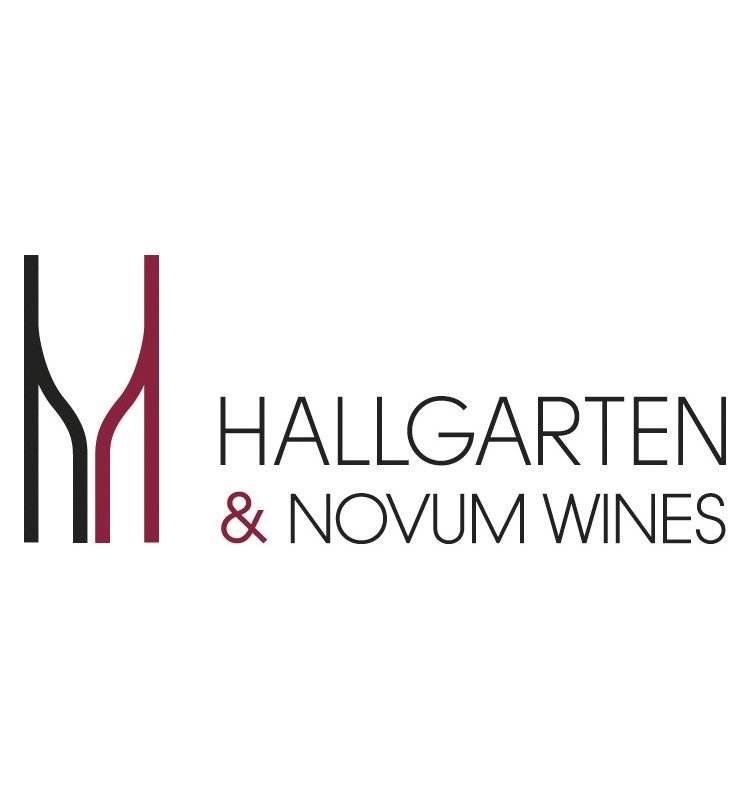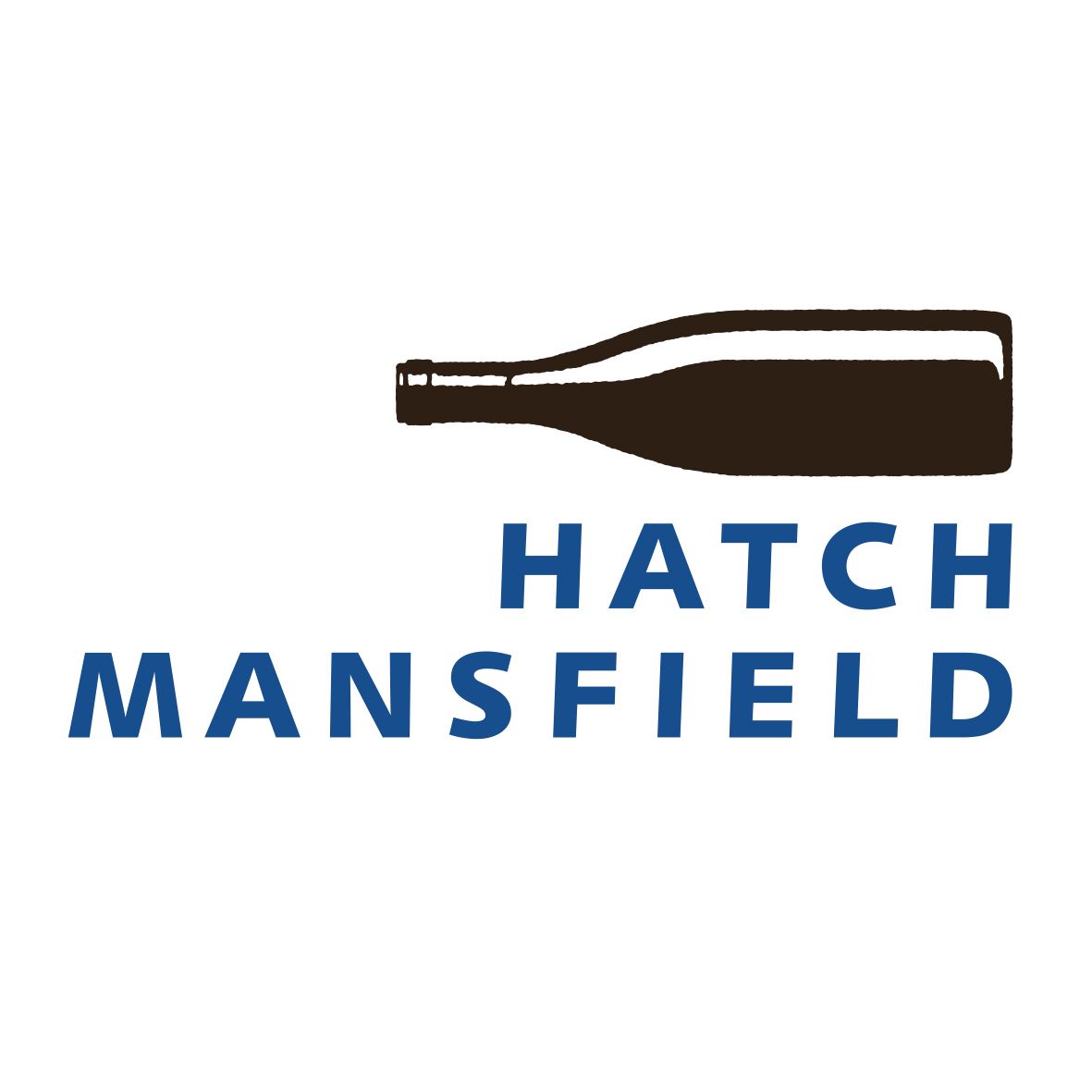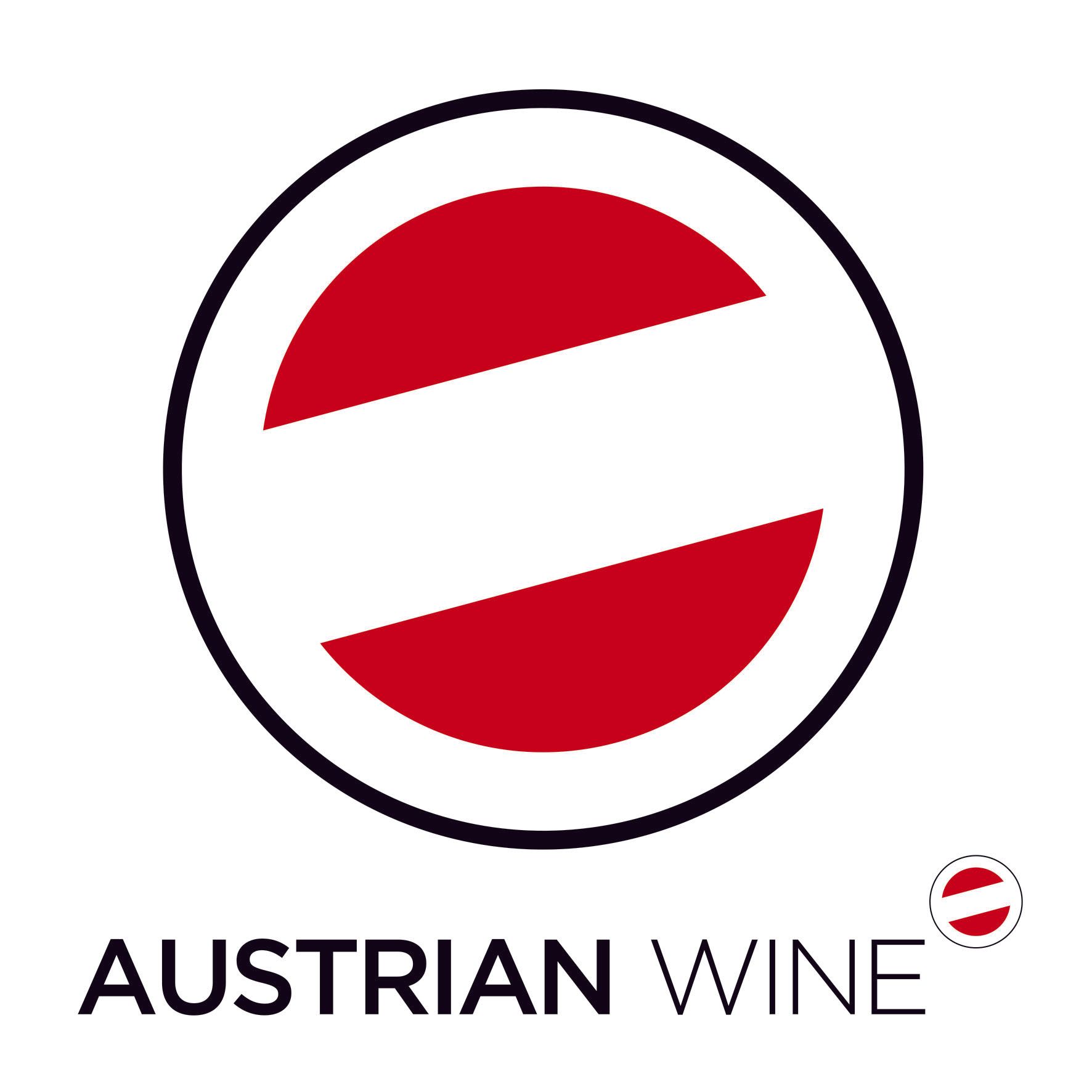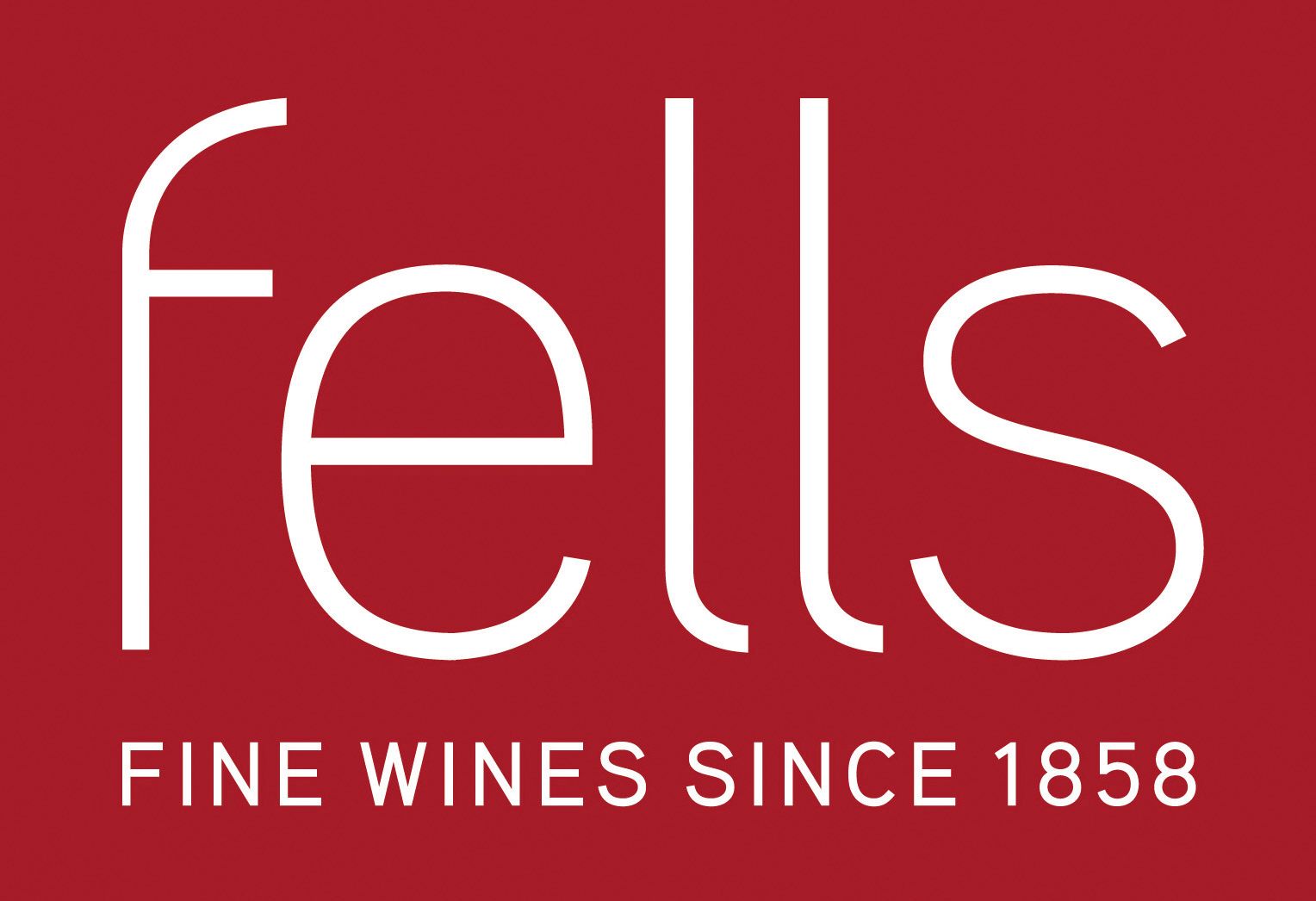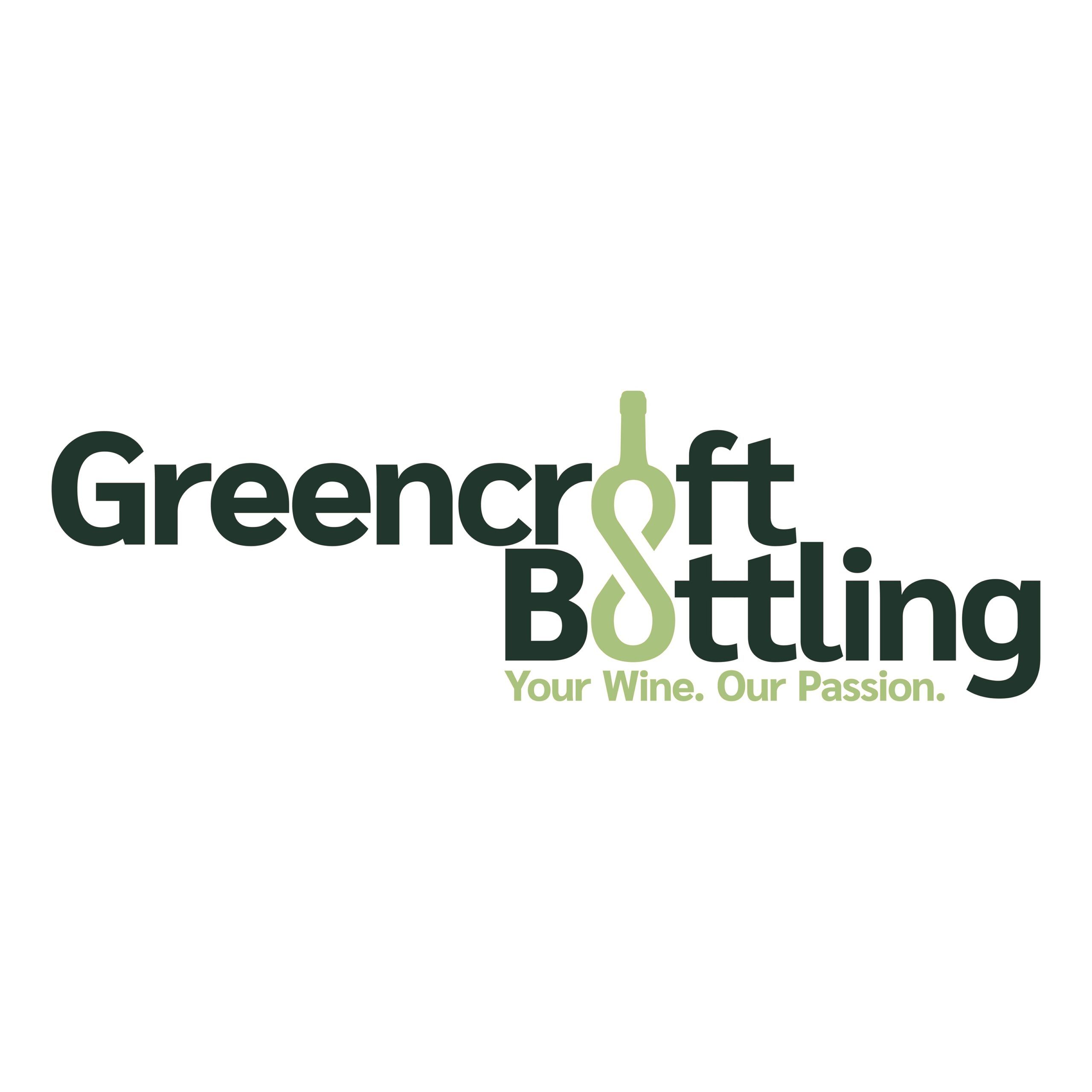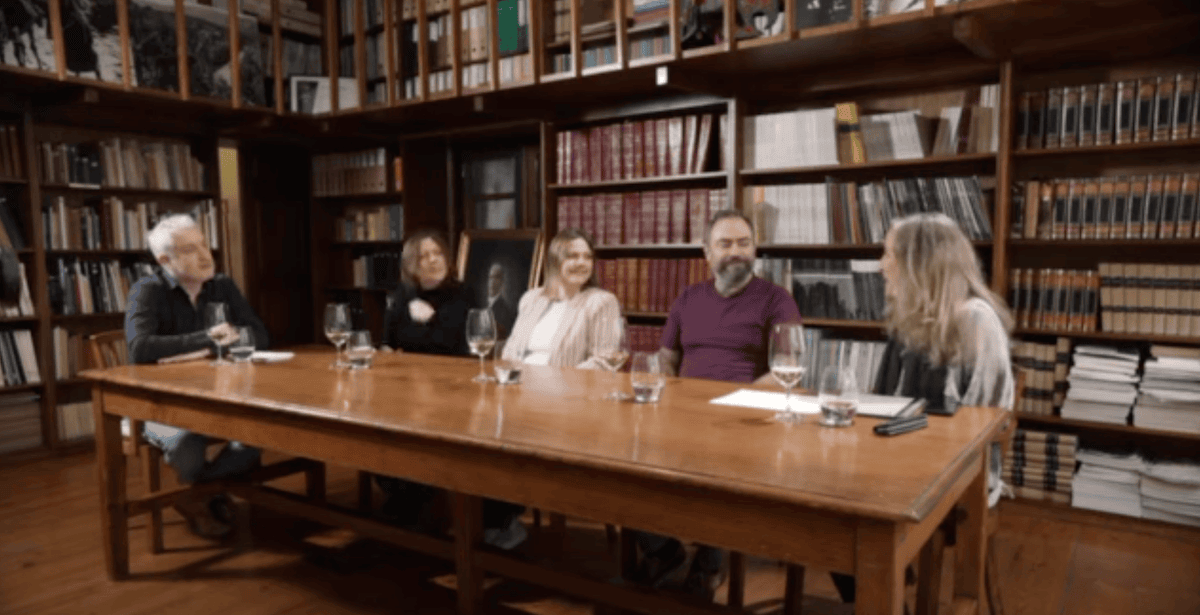Whilst Alentejo is currently basking in an Indian summer with temperatures nudging 30°C in late October, London is staying reliably wet. Yet even here, the signs of climate stress are creeping in. Cracked soil on Hampstead Heath, once an anomaly, is becoming common. It’s a stark reminder that sustainability in agriculture, and wine, is no longer a future issue.
It was around ten years ago that the Wines of Alentejo Sustainability Programme (WASP) launched. Created by the Comissão Vitivinícola Regional Alentejana (CVRA) in 2015, it’s a voluntary certification that now includes 701 members, assessing 171 criteria across viticulture, cellar management, social responsibility, and governance.
To mark the milestone, the CVRA hosted a panel discussion at Kew Gardens’ Nash Conservatory, moderated by Patrick Schmitt MW, titled “Naturally Selected, Naturally Unique: Wines of Alentejo.” The aim was to assess what has actually been achieved, where the challenges lie, and what producers and retailers stand to gain.
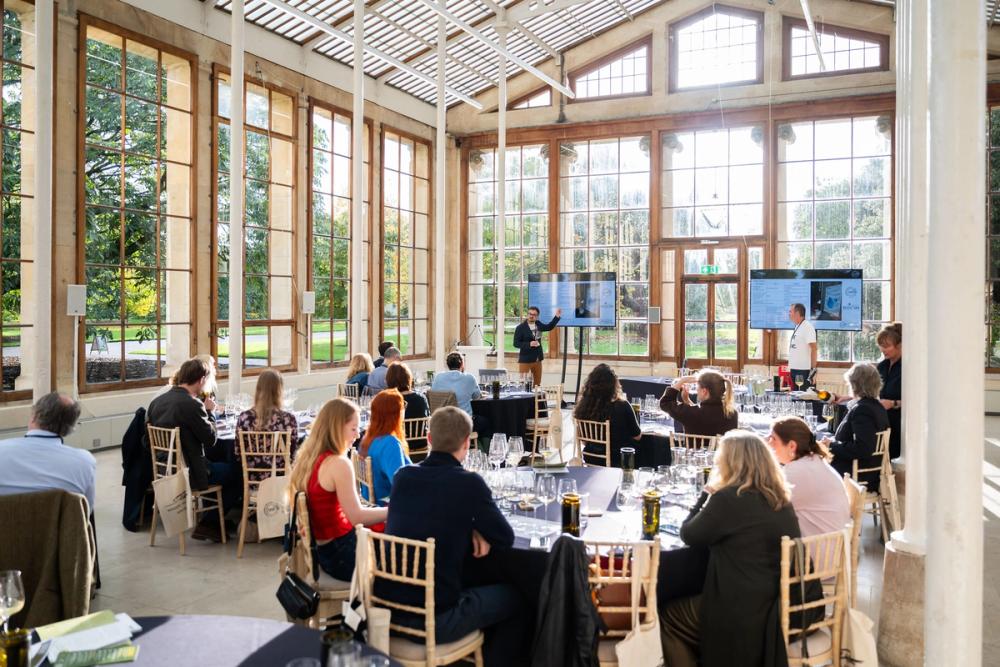
Tangible benefits in a hotter, drier region
While the supporting data was not presented, several benefits were shared including up to 50% reduction in irrigation, improved soil health, and a 30% decrease in pesticide use. As Luis Sequeira, president of the CVRA, pointed out, these are essential shifts in a region experiencing extreme heat deep into October.
Sequeira also made a critical point about changing consumer behaviour. Today’s buyer is often drinking less, but better, and is willing to support producers making genuine efforts around sustainability. “We strongly believe this is the future,” he said. “Without this belief, we wouldn’t be able to take it forward.”
Lightweight bottles, now down to 330g in some cases, and clearer sustainability communications were also raised as examples of how producers are aligning both with eco-conscious values and commercial realities, especially when it comes to transport and shelf space.
Certification from the inside: Mouchão’s journey
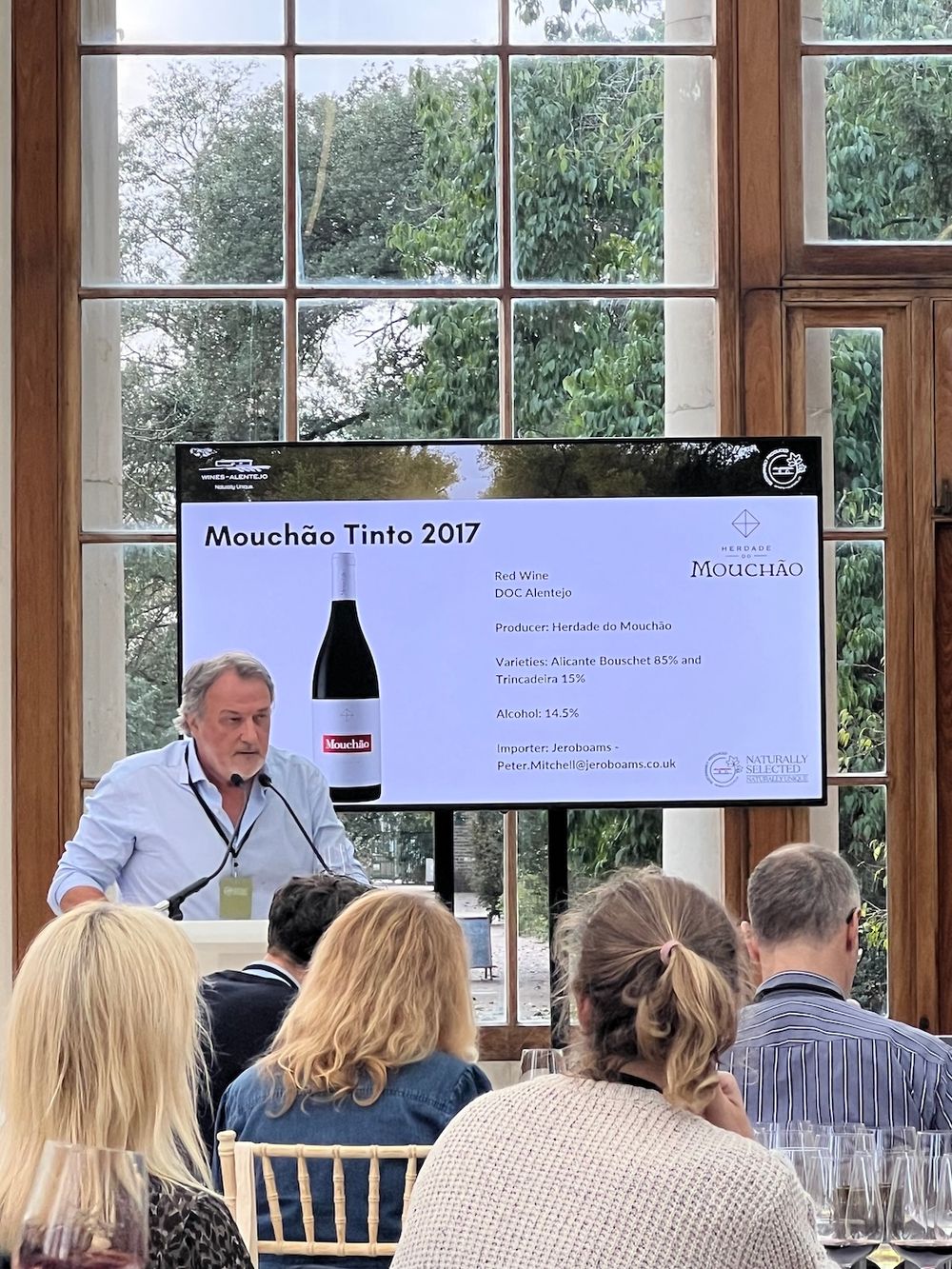
Iain Reynolds of Herdade do Mouchão
One of the more candid perspectives came from Iain Reynolds of Herdade do Mouchão, who revealed that the estate’s certification took four years. “It’s a lot of work,” he admitted. “There are many steps in the process.”
Mouchão’s participation was not simply strategic. It was necessary. “We had to get involved,” he said, noting that one of the estate’s long-standing varieties began to suffer significantly due to drought.
For Mouchão, certification felt like a natural progression. With its foot-stomped grapes, century-old cellars and electricity only arriving in 1991, the estate has long practised organic farming across its property. In many ways, WASP was a formalisation of what the estate had already been doing for decades.
Retailer perspective: certification, but make it clear
From the UK retail side, Anne Jones, Wines GB sustainability consultant and former drinks lead at Waitrose, delivered a sharp analysis. Certification, she said, “gives a degree of confidence, but the more of them there are, the more confusing and less reassuring it becomes.”
She stressed the importance of aligning internal retail structures. “The biggest barriers are often within companies themselves. Different departments pulling in different directions.”
Jones also pointed out a significant shift. Retailers are now reviewing environmental credentials before price is even discussed. “We are already seeing that producers without a sustainability story risk being left out of the conversation altogether.”
For regions without formal certification systems, her advice was practical. “Start by understanding what is already happening in the vineyard. Many practices winemakers already follow are organic or regenerative. They are just not recognised.” In other words, help producers articulate and communicate their efforts effectively.
It did not go unnoticed that Anne Jones was the only woman on the panel. For a conversation focused on sustainability and future-forward thinking, the lack of representation was disappointing.
Packaging: from waste to innovation
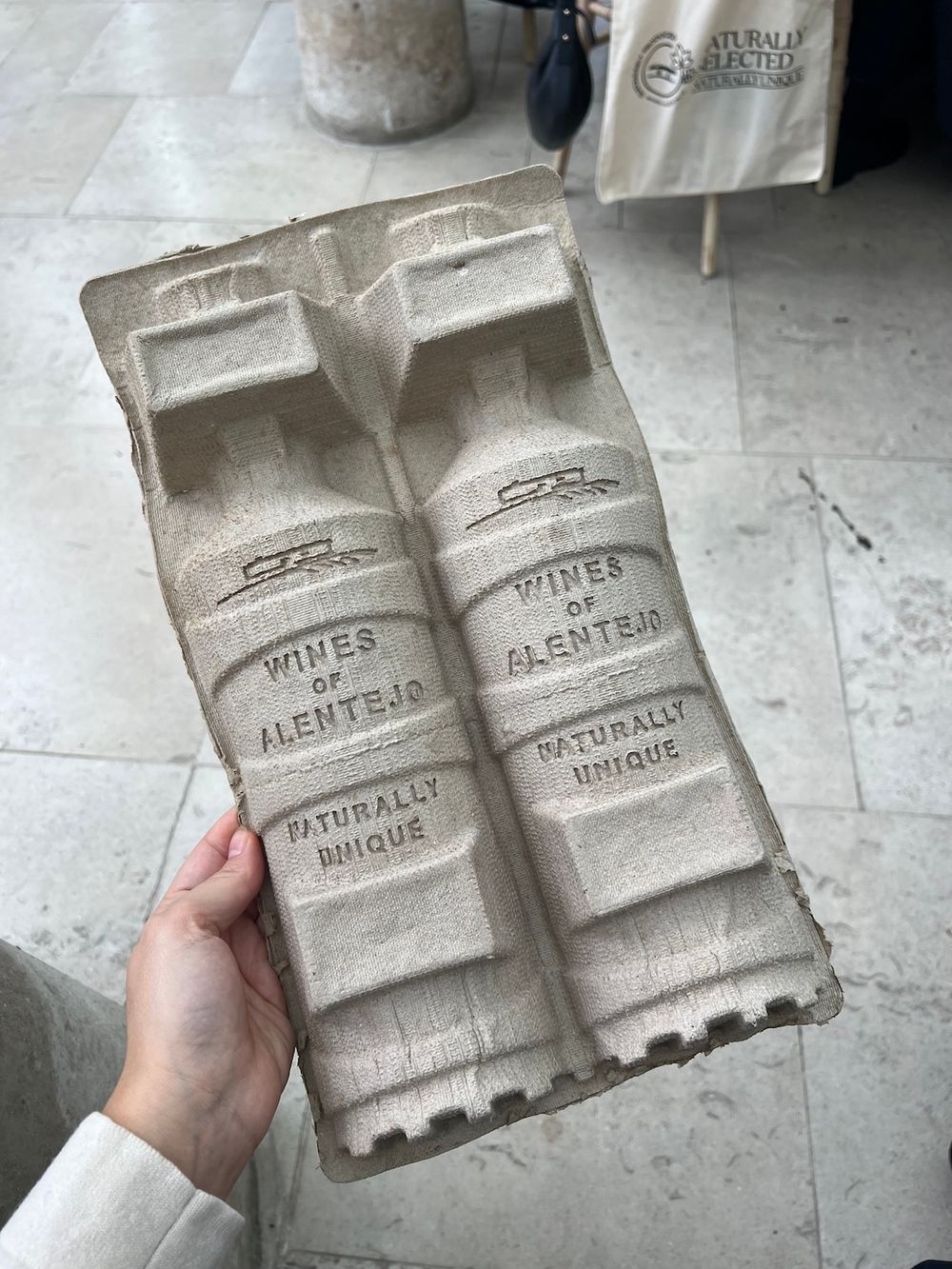
An unexpected highlight came from Samuel Pinto, founder of Partícula Verde, who is working with wineries to reduce waste and costs through circular packaging systems.
His team collects used winery paper, removes plastics, and processes the fibres into new materials for packaging. From wine bottle sleeves to napkins and even coffee holders. They have also developed a protective wrap made from grape pomace that can replace polystyrene in ecommerce packaging. It is more sustainable, more affordable and fits seamlessly into winery operations.
It was a timely reminder that sustainability goes far beyond vineyard practices and that waste can and should be treated as a valuable resource.
Wines that speak for themselves

The tasting that followed showcased the diversity and quality of wines coming out of Alentejo today, many of them produced under certified or organic practices.
Herdade do Rocim “Olho de Mocho” 2024
100 percent Antão Vaz from Vidigueira. Vibrant and citrus-driven, with mineral freshness and subtle oak influence.
Herdade da Malhadinha Nova Branco 2023
Creamy, floral and textured. A lees-aged blend featuring Arinto and Alvarinho from the Algarve border.
Esporão Reserva Branco 2023
Fully organic, with crisp citrus, great balance and depth. Part of a vineyard-level water retention experiment.
Cartuxa Branco 2023
Light and floral, with acacia and cucumber notes. Produced by an estate known for its community engagement.
Fita Preta “Os Paulistas” 2021
Cherry, vanilla and sharp tannins. A wine of precision from a producer embracing regenerative viticulture.
Herdade dos Grous Red Reserve 2023
Alicante Bouschet-led blend with depth and polish. The first WASP-certified estate in Alentejo.
Herdade do Mouchão Tinto 2017
Foot-stomped and cellar-aged. A benchmark wine with power, structure and elegance.
Adega José de Sousa “Puro Talha” 2015
Prune, fig and vibrant acidity. Made in amphora and a standout example of the talha tradition revived.
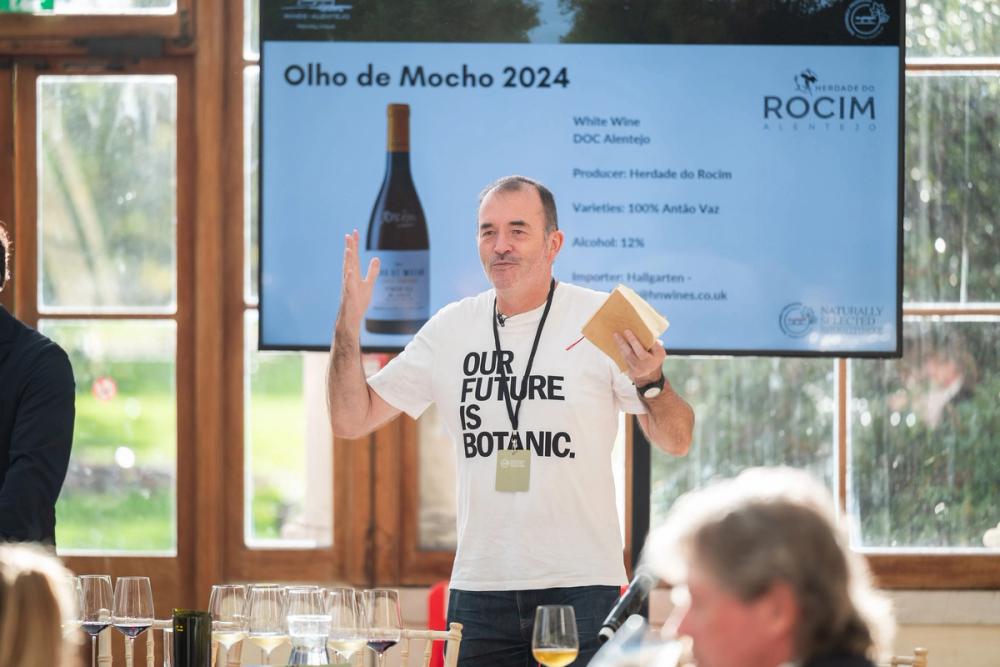
Wine writer Jamie Goode led the tasting of the Alentejo wines
Final thoughts: certification with substance
For a programme that began just a decade ago, WASP is already delivering meaningful results and growing industry buy-in. Producers are more engaged, retailers are paying attention and the wines themselves are reflecting the benefits of more sustainable practices.
Certification will never be a one size fits all solution. But Alentejo is showing that regional initiatives, when properly structured and supported, can drive meaningful change.
As Anne Jones rightfully put it:
“If you can’t afford to be sustainable, are you sure you can afford to be unsustainable?”

